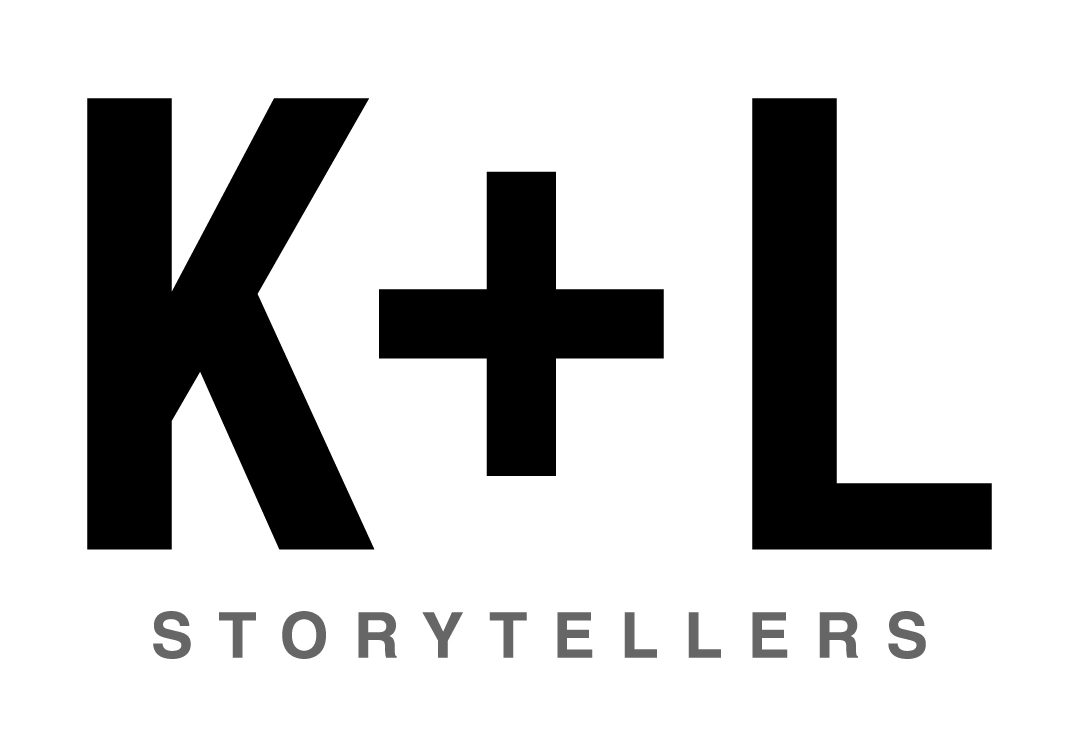Learning to Write. Again.
For four years, I left my manuscript untouched. Today is a new day. Here’s one strategy I used to go from waiting to writing.
Do You Sell on Margin or Value? Choose Your Door
Selling on margin or value is a choice for midsize companies.
Good Things Happen to Those Midsize Companies Who (Don't) Wait
Don’t wait. Today’s your day to sprint.
Your Brand's Story Started Long Ago (275 words)
Share your origin story to build trust. This is where enduring relationship begin.
The Checklist: 30 Story Ideas for Manufacturers
Enjoy this Grand Poobah of checklists for manufacturers





















